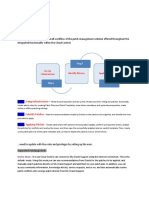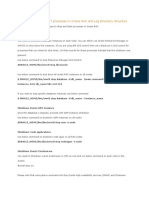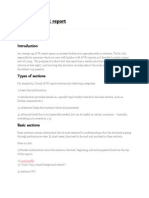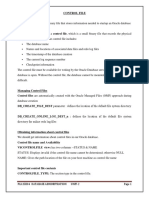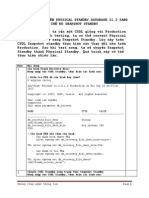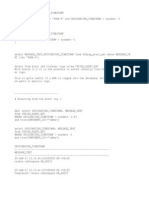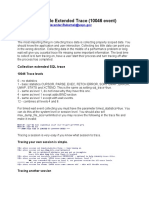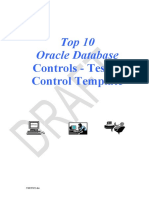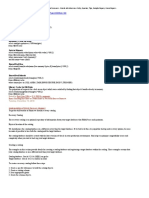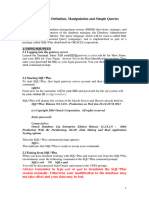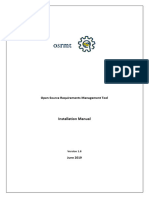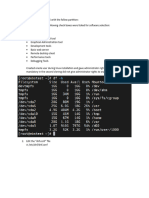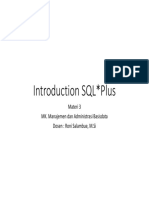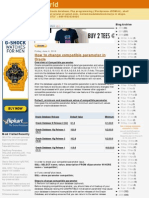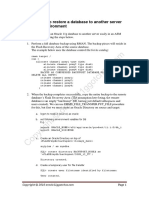100% found this document useful (1 vote)
119 views16 pagesMastering Oracle Performance Diagnostics
This document provides a comprehensive guide on automating Oracle performance diagnostics using ASH, AWR, and ADDM reports through SQL and shell scripts. It includes prerequisites, detailed steps for generating reports, and best practices for managing database performance. Additionally, it offers bonus tips for automation, licensing compliance, and integrating with monitoring tools.
Uploaded by
caipei.ccp.chen478Copyright
© © All Rights Reserved
We take content rights seriously. If you suspect this is your content, claim it here.
Available Formats
Download as PDF, TXT or read online on Scribd
100% found this document useful (1 vote)
119 views16 pagesMastering Oracle Performance Diagnostics
This document provides a comprehensive guide on automating Oracle performance diagnostics using ASH, AWR, and ADDM reports through SQL and shell scripts. It includes prerequisites, detailed steps for generating reports, and best practices for managing database performance. Additionally, it offers bonus tips for automation, licensing compliance, and integrating with monitoring tools.
Uploaded by
caipei.ccp.chen478Copyright
© © All Rights Reserved
We take content rights seriously. If you suspect this is your content, claim it here.
Available Formats
Download as PDF, TXT or read online on Scribd
/ 16

















